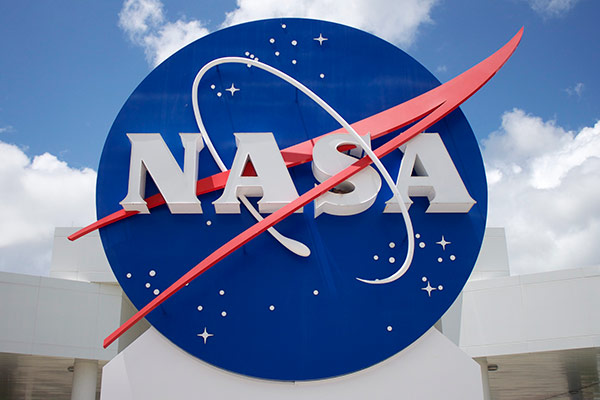

Nokia to build the first ever off world cellular network, with a 4G/5G network planned on the Moon.
Nokia announced the development after was chosen by NASA to build the network on the Moon, to aid communications as part of NASA’s Artemis program, which seeks to establish a sustainable presence on the Moon by the end of the decade.
But the Nokia LTE/4G network will arrive much sooner than that, with the “first ultra-compact, low-power, space-hardened, end-to-end LTE solution on the lunar surface in late 2022.”
It will be built by Nokia Bell Labs’, with Nokia partnering with Intuitive Machines for this mission to integrate this network into their lunar lander and deliver it to the lunar surface.
The network will self-configure upon deployment and establish the first LTE communications system on the Moon.
“The network will provide critical communication capabilities for many different data transmission applications, including vital command and control functions, remote control of lunar rovers, real-time navigation and streaming of high definition video,” said Nokia. “These communication applications are all vital to long-term human presence on the lunar surface.”
It said that the Nokia LTE network is ideally suited for providing wireless connectivity for any activity that astronauts need to carry out.
It should allow for voice and video communications, telemetry and biometric data exchange, as well as deployment and control of robotic and sensor payloads.
“Leveraging our rich and successful history in space technologies, from pioneering satellite communication to discovering the cosmic microwave background radiation produced by the Big Bang, we are now building the first ever cellular communications network on the Moon,” explained Marcus Weldon, CTO at Nokia and Nokia Bell Labs President.
“Reliable, resilient and high-capacity communications networks will be key to supporting sustainable human presence on the lunar surface,” Weldon added. “By building the first high performance wireless network solution on the Moon, Nokia Bell Labs is once again planting the flag for pioneering innovation beyond the conventional limits.”
So what will a cellular network on the Moon actually consist of?
Well it seems that Nokia’s lunar network consists of an LTE Base Station with integrated Evolved Packet Core (EPC) functionalities, LTE User Equipment, RF antennas and high-reliability operations and maintenance (O&M) control software.
The solution is designed to be extremely robust, and can withstand the harsh conditions of the launch and lunar landing, and to operate in the extreme conditions of space.
It is also hugely optimised, in that the fully integrated cellular network meets very stringent size, weight and power constraints of space payloads in an extremely compact form factor.
Others are also providing communications for lunar missions.
In February this year, British satellite firm called Surrey Satellite Technology Ltd (SSTL) confirmed it will build telecommunications spacecraft to enable easier communications with manned missions to the moon.
The intention is for SSTL to place a satellite into a highly elliptical orbit around the moon as a data relay asset.
NASA’s Project Artemis it should be remembered intends to put a man and a woman on the moon by 2024.
The space agency hopes to have a sustained presence on and around the Moon by the late 2020s.
More bad news for Google. Second time in less than a year that some part…
Federal office that tackled misinformation and disinformation from hostile nations is closed down, after criticism…
After Nvidia admits it will take $5.5 billion charge as Trump export limits of slower…
Trump continues to target his former CISA head, signing a new executive order targetting Chris…
Two Chinese retailers warn customers in America that prices will increase next week, as Trump's…
Engineer Cristina Balan wins latest round in her long-running defamation claim against Elon Musk's EV…